Practice mental maths with these sums. How quickly can you solve them?
Are you a Maths genius?
Get your grey cells working with these maths puzzles…
Get your grey cells working with these maths puzzles…
Practice mental maths with these sums. How quickly can you solve them?
What is going on inside your body? These medical imaging techniques can help doctors figure out.

All aboard the festival express. At every stop is a chance to witness the exhilarating sights and sounds of celebration.
This Dussehra, take a tour around the country to experience some truly exuberant festive sights. Dussehra, Navaratri, Durga Puja… no matter what you call it, there are plenty of reasons to get into the festive mood.
Before we go chugging off, a primer: The 10-day festival will be celebrated in different parts of India from September 26 to October 5, this year. Legends around it vary from Goddess Durga’s victory over Mahishasura to Lord Rama’s defeat of Ravana.
Scroll through the slides below and don’t forget to complete the interactive tasks in the end.
Photos: Wikimedia Commons
Part #27: Nala, Nila and Hanuman try to understand the different types of forces.
Playing with the Centre of Gravity toy that they built makes Hanuman more curious. He directs his questions at Nala’s brother Nila.
Hanuman: Are there any other forces that our body uses to stay stable?
Nila: Oh yes. There are nine forces acting on our body at all times.
Nala: Like the planets that revolve around the sun? There are forces that make them orbit the sun and keep them from floating away.
Nila: Not exactly, but these planets are also affected by various forces. When an object has mass (volume of matter) and when it moves, all these forces come into play.
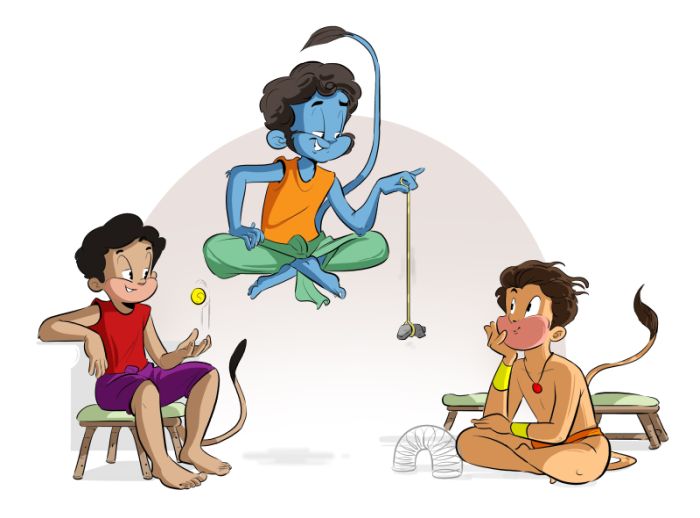
(Illustration: Sahil Upalekar)
Hanuman: Don’t all planets have mass? In fact, everything that is visible to our eye has mass. And everything is in motion.
Nila: Not only the things we can see but even invisible matter like the air has mass.
Hanuman: Oh! So what are the forces acting on us?
Nila: You know gravity. It is the force that pulls us towards the centre of the Earth irrespective of whether we are in contact with the ground or not.
Nala: So, it’s a non-contact force. But how come we are not visibly moving towards the centre of the Earth then?
Nila: That is because there is another called normal force that counters gravity. It is what surfaces exert to prevent solid objects from passing through each other.
Hanuman: So, this one will be contact force?
Nila: That’s right. It is what keeps a surface solid.
Hanuman: What’s the next one?
Nila: Applied force. Anything you do consciously like taking, throwing, jumping, and so on falls under an applied force. It just means that you are applying force to do some work.
Hanuman: Next…
Nila: This one’s related to you: air resistance. On a windy day, try walking or running, especially with your hands open. You may feel the air “pushing” you. Your hair flying in the wind is also an example.
Hanuman (beaming): My dad must be proud to have a force of his own!
Nila: Next is a force you are both familiar with. Remember the reason for Sampati’s burnt wings? (Refer previous episodes in this section)
Nala: Oh yes! Friction! It is the force that resists motion when the surface of one object comes in contact with the surface of another.
Hanuman: That’s five so far.
Nila: The sixth is elastic or spring force; the ability of any mass to try and regain its original shape when the forces are removed pretty much like a spring! Or a rubber band.
Nila: Next is tension force; opposite to elastic force that is transmitted through a cable, rope, wire or string when it is pulled tight by forces acting from opposite ends. Like the string of a bow. Tension can only pull on an object. Like how you cannot push using a rope; it will go limp. But you can pull an object using one.
Hanuman: Only two more left now…
Nila: Both are non-contact forces. One is magnetic force. Notice how the compass’s needle always points to the North no matter how you move. That’s because the Earth is a giant magnet.
Hanuman: Really?!
Nila: Yes. Just like a magnet, it has a north and south magnetic pole and a magnetic field that protects the living organisms on the planet from the sun’s harmful radiation.
Hanuman: This is news to me!
Nila: And the final non-contact one is electric force. Do you know what it is?
Nala: It is the attractive or repulsive force between two charged bodies.
Nila: Right. The power that lights up a bulb; the way hair stands up when rubbed with a balloon; and even the mild shock we experience when touching a doorknob are all examples of electric force at play.
Hanuman: Woah! So now that’s a total of six contact and three non-contact forces.
Nila: If you are interested, I can tell you more about each of these forces and how they play a major role in our universe.
Hanuman: Yes, please! But first I need a snack. I am quite famished.
Nala: Yes. We need a snack break. The solar system can’t handle Hanuman’s hunger one more time.
The three of them burst into laughter and proceed into the cafeteria inside Nila’s workshop, which had more surprises in store.
The writer is the founder and CEO of Vaayusastra Aerospace, an IIT-Madras incubated ed-tech startup that offers Air Science workshops for children between five and 14 years.
Here is an illustration of two types of forces: A skydiver experiences two types of forces – the gravity that pulls him down towards the ground, and the resistance from the air that slows down his descent.
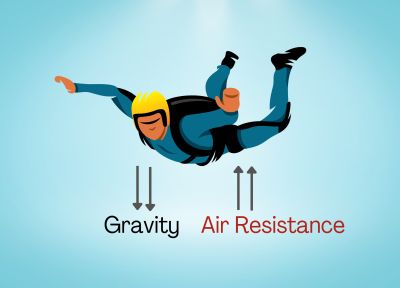
Below are illustrations of the 7 remaining types of forces. Based on your reading and the clues from the picture, can you guess the name of the force in action in each picture?
Spot the differences between the two pictures of a play in progress.
All kinds of stories come alive on stage – from fairytales to epics. Be it a solo act or a multi-cast musical, the art form of theatre adapts itself perfectly.
Here is one such act in progress. Can you find the 8 differences between the two pictures? Click on the differences in the image below:
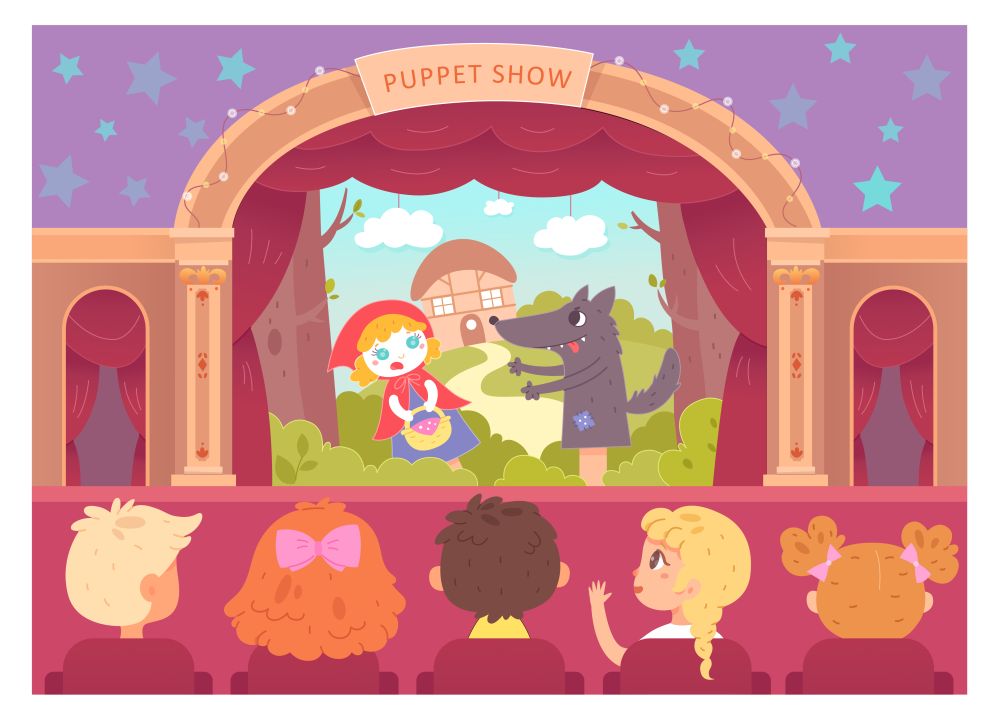
In the past, India was ruled by several dynasties from which arose kings and queens. Some of them have been forgotten and yet some have left an indelible mark on our history.
Before India became independent, there were several kingdoms ruled by maharajas and ranis. How well versed are you with their names? Try your hand at this wordsearch game and see how many you can identify. There is a written as well as a pictorial clue to help you arrive at your answer.
Take a look at these boys and girls and guess the country they call home.
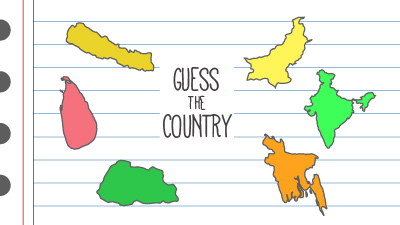
Here’s a quiz about the festive times about to begin soon. Get set and go…
Navaratri, Dussehra, Dasara, Durga Puja … no matter the name, this festival is celebrated across the country. As celebrations begin next week, here is a quiz to check how much you know about it. Go on, try your hand at these questions.
From heel to toe, there are several parts that make up your shoe.
A shoe seems deceptively simple. Did you know that there are about 23 different parts that come together to make a good, comfortable shoe? And these parts vary based on the type of shoes – running, walking, sports, formal and more.
Almost all shoes have these 10 basic parts:
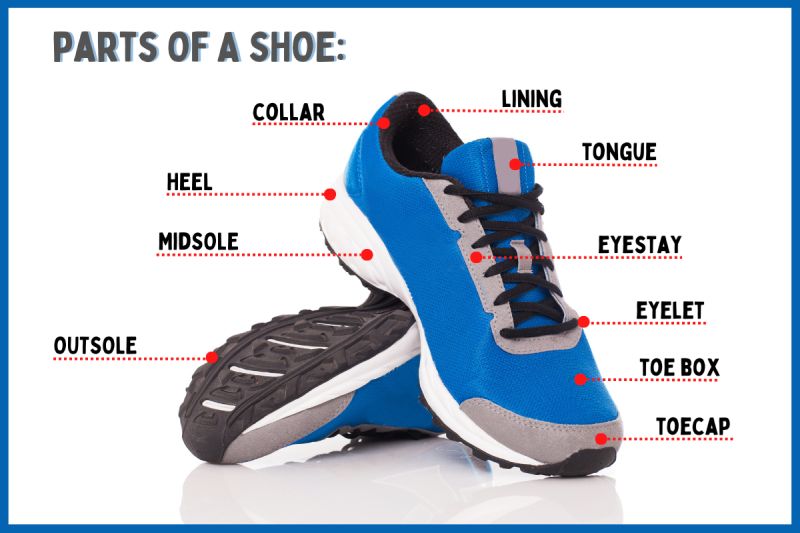
Eyestay: Also known as the lace stay, it’s the part where the eyelets are placed.
Eyelet: The holes on the upper part through which laces are threaded.
Tongue: Located under the eyestay, it’s the part that makes contact with the top of your foot.
Toe box: The front upper portion that covers, surrounds and protects the toes.
Toecap: Serving both a decorative and protective purpose, it is the part that adds strength to the upper front of the shoe.
Collar: Foam padding that forms the opening of the shoe and holds the foot in place.
Lining: The material/padding inside the shoe that comes in contact with the foot.
Heel: The raised part of the sole that supports the back of the foot.
Outsole: The bottom of the shoe that provides friction. It decides the softness or firmness of the shoe.
Midsole: It is the part of the shoe where the cushioning and pronation control technologies are located – above the outsole, under the insole.
Can you find the names of these parts in the grid below?
These two pictures may look the same, but they are not. Look closely and you will know why!
While they are dancing away, why don’t you try to find 10 differences between this seemingly similar couple?
